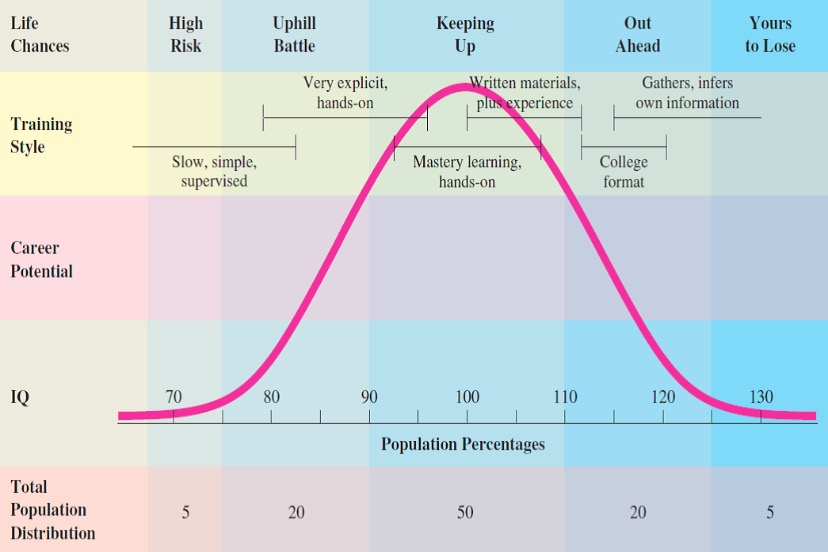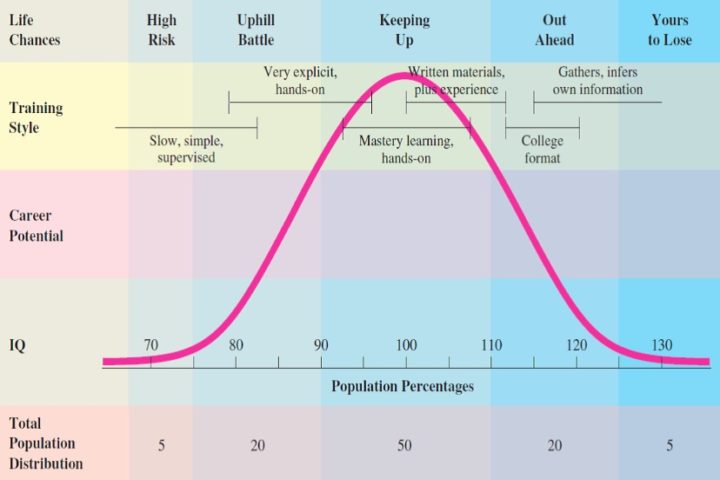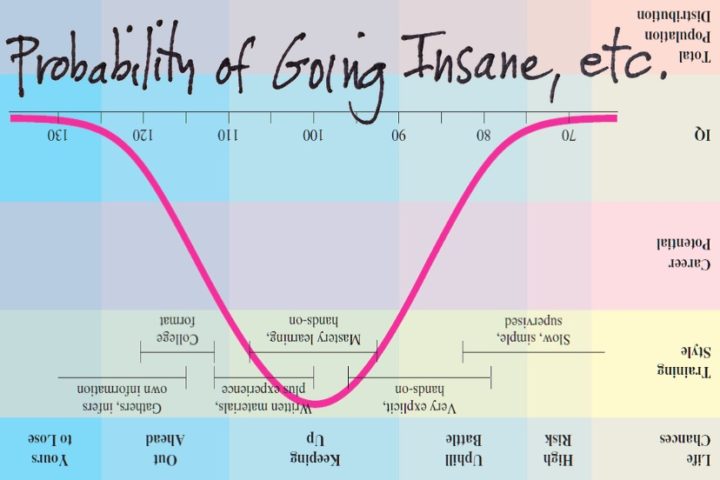You can’t believe everything you read on the internet. But I tend to believe articles that make me feel superior to other people.
Especially, I will gladly believe articles that make me feel superior to people who probably felt superior to me.
Which is why I really want to believe a 2018 study published in Intelligence magazine by some psychologists from California and Washington, titled “High intelligence: A risk factor for psychological and physiological overexcitabilities.”
You can download the 16-page study here.
I have no idea how I happened to come across this study; I generally steer clear of articles that discuss intelligence, not only because they’re hard to read but also because they leave me longing for something I’ll never have. But this particular paper’s title included the word “overexcitabilities” — a word I’d never come across before — and, well, things have been kind of slow around here lately, and I thought maybe I could use some overexcitement.
The study doesn’t actually include a graph of The Bell Curve, but I’ve come across that particular graph on other occasions, and ignored it as best I could.
In this case, however — since the news seems to be bad news for someone else, and not me — I decided to take another look at that famous curve.
This curve purportedly demonstrates the distribution of IQ Test scores in the general population. The vast majority of us are somewhere in the middle, near the top of the curve… just “Keeping Up” as the graph suggests…
…while the mental geniuses (the very few of them) are indicated by the thin, right tail of the curve… and the people who tend to wind up in positions of political power are found along the thin, left tail of the curve.
The people surveyed for the Intelligence magazine report belonged to MENSA, an elite society that admits new members only if they’ve taken an IQ test and scored within the top 2% of the population. The study concluded that these elite, highly intelligent people are more prone to mental illness than the average Joe — and possibly, also more prone to physiological illnesses.
We already knew about the mental illness part. As the article notes:
It is hardly a new notion that unusually high rates of adult psychopathology are displayed among some of the most eminent geniuses with the poorest in mental health being among imaginative writers such as poets, novelists, and dramatists. The intensities leading to these psychological disorders were found to have manifested at a young age…
Just so we’re all clear… I have never claimed to be a “poet, novelist, and dramatist.” I write rambling, grammatically-challenged essays for the Daily Post, and nothing more. Anyone who classifies me as an “imaginative writer” belongs at the far left of the Bell Curve.
The Intelligence article includes a lot of other graphs, illustrating the authors’ conclusions that extremely intelligent people are not only more likely to be crazy and depressed and maladjusted, but also tend to suffer — more than the rest of us — from physiological challenges such as asthma, food allergies and environmental allergies. The study proposes a theory that people with “overexcited” brains also have “overexcited” bodies, which then leads to immunological stress.
“Overexcitabilities” in this case being a bad thing.
The research stands the Bell Curve on its head, so to speak…
Those of us who may have thought we had simply an average intelligence and were merely “Keeping Up” can now feel a certain smug satisfaction.
No, we don’t qualify for MENSA.
And that’s a good thing.
Underrated writer Louis Cannon grew up in the vast American West, although his ex-wife, given the slightest opportunity, will deny that he ever grew up at all. You can read more stories on his Substack account.



